
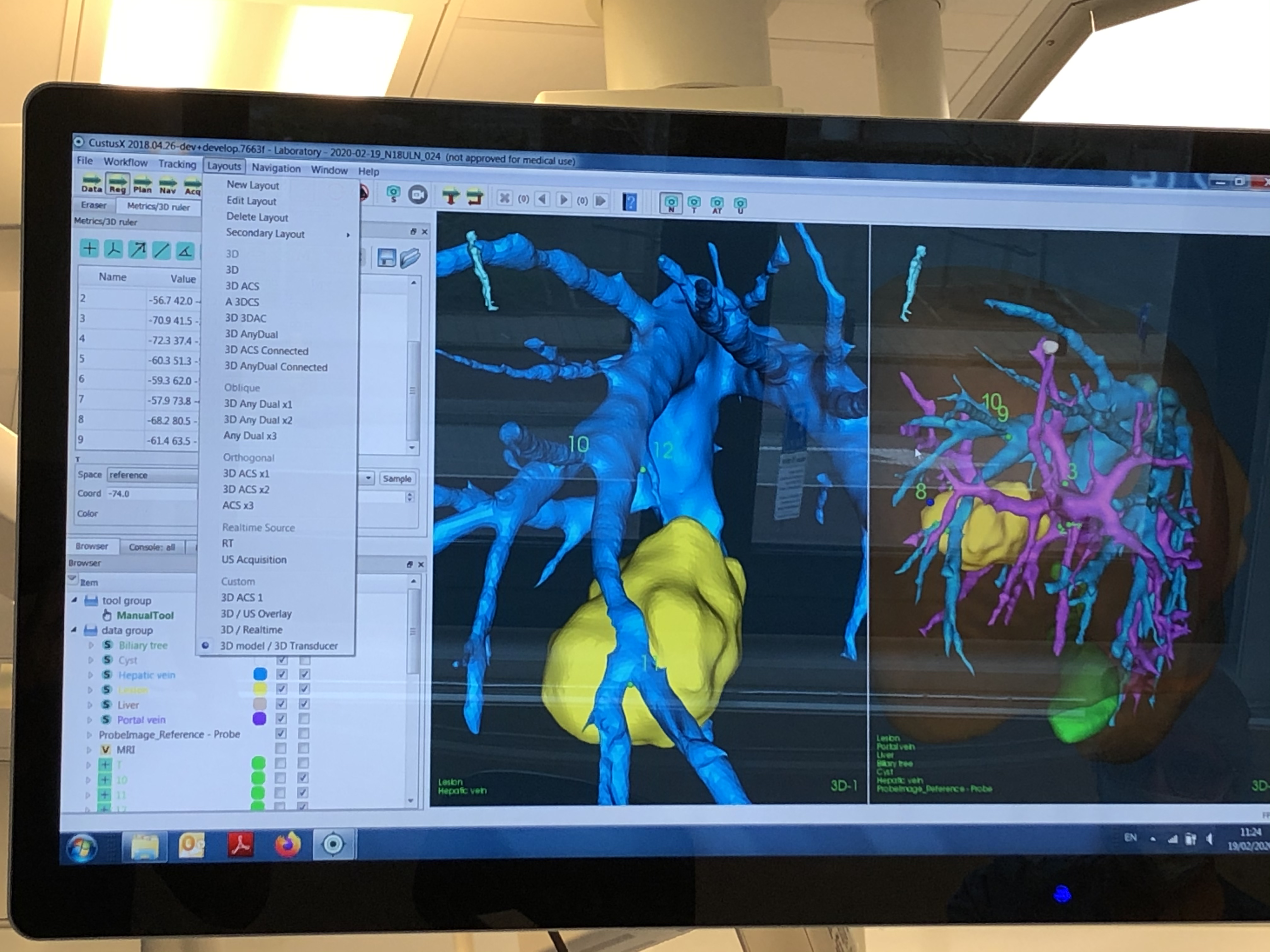
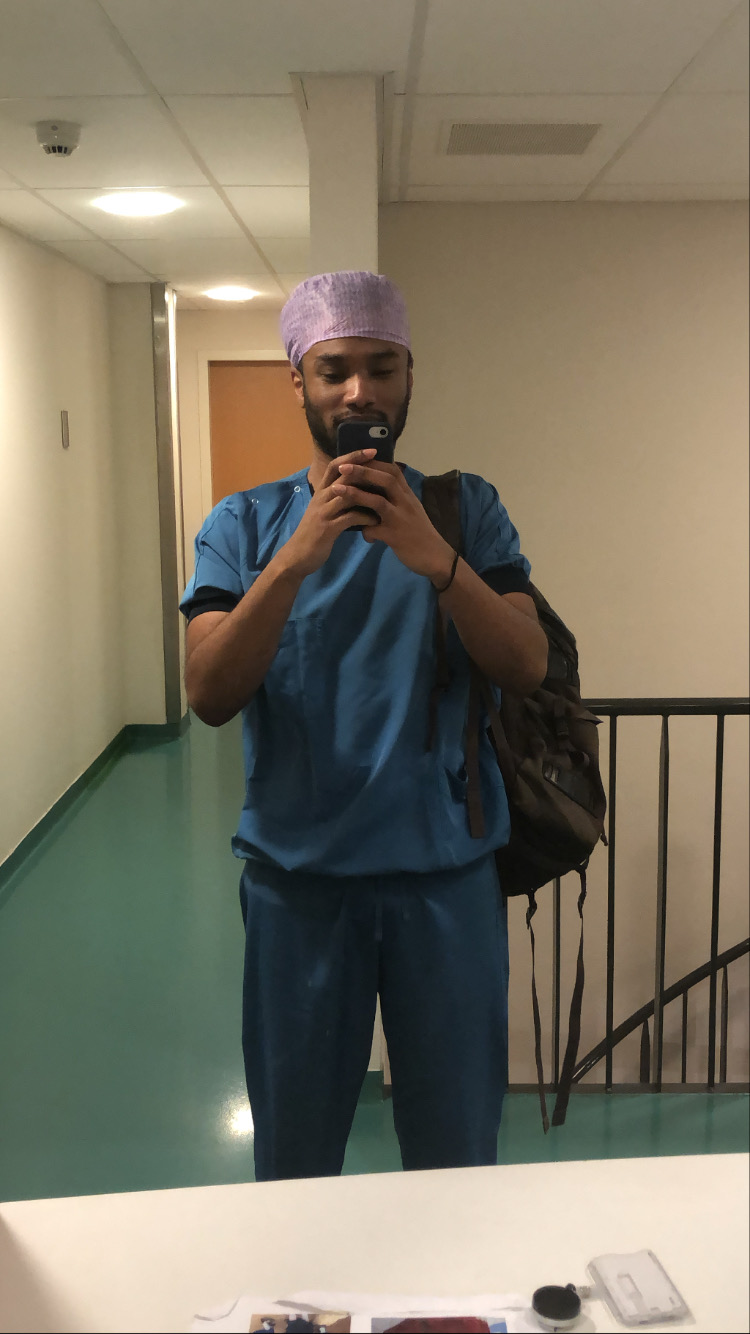
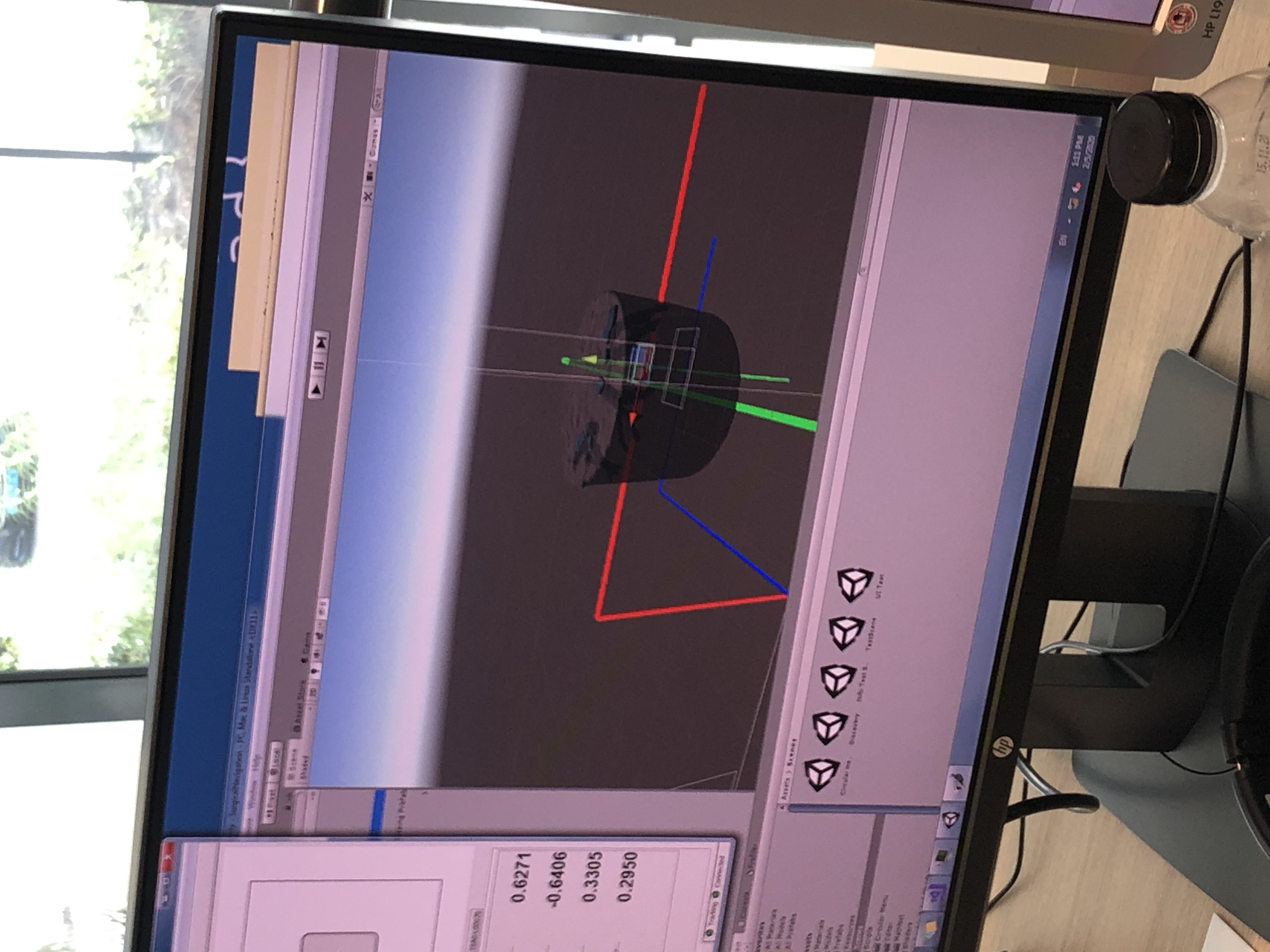
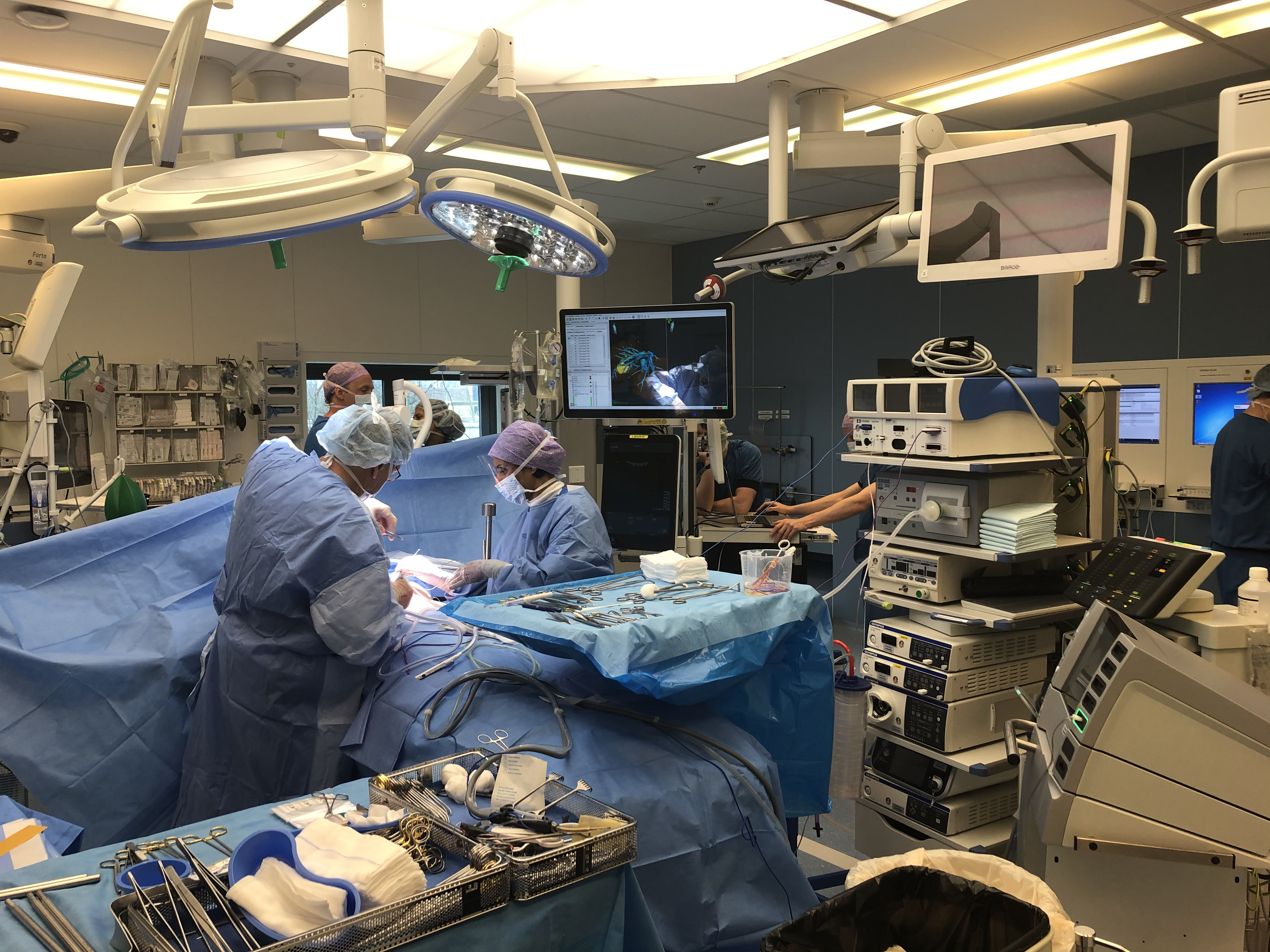
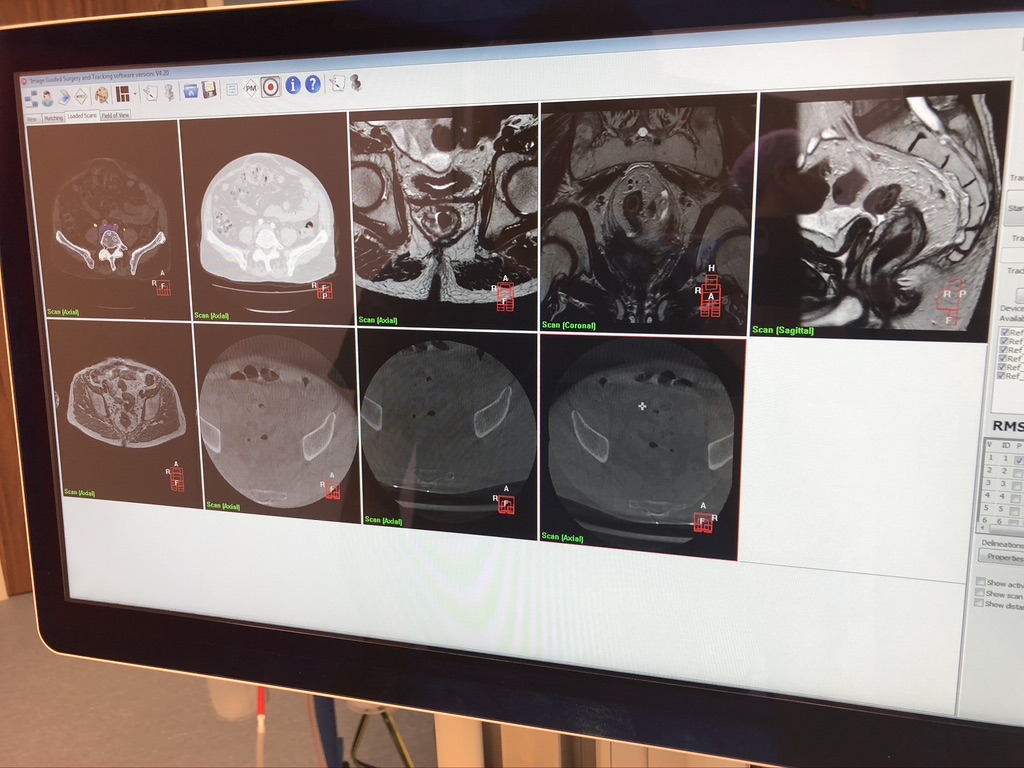
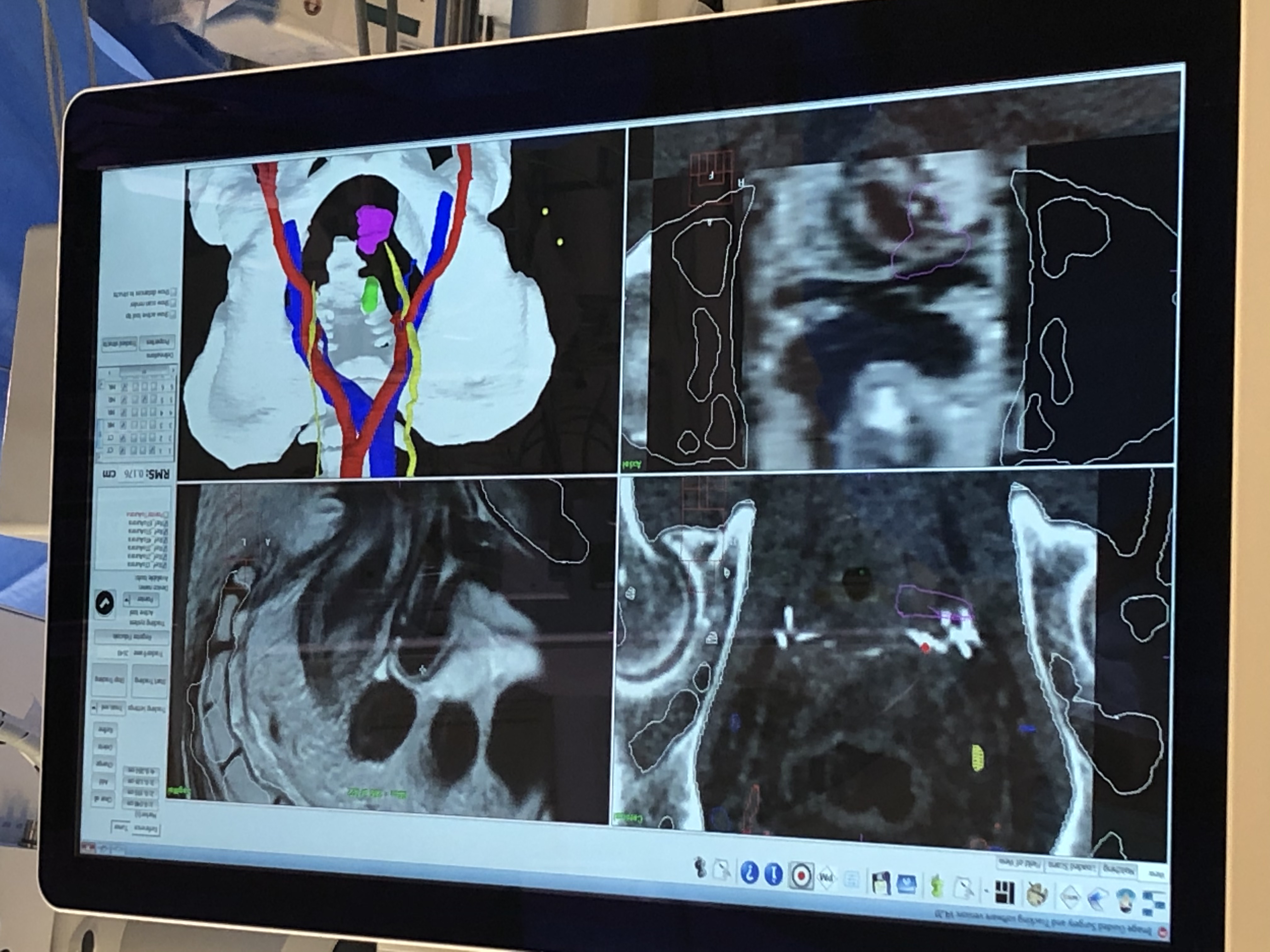
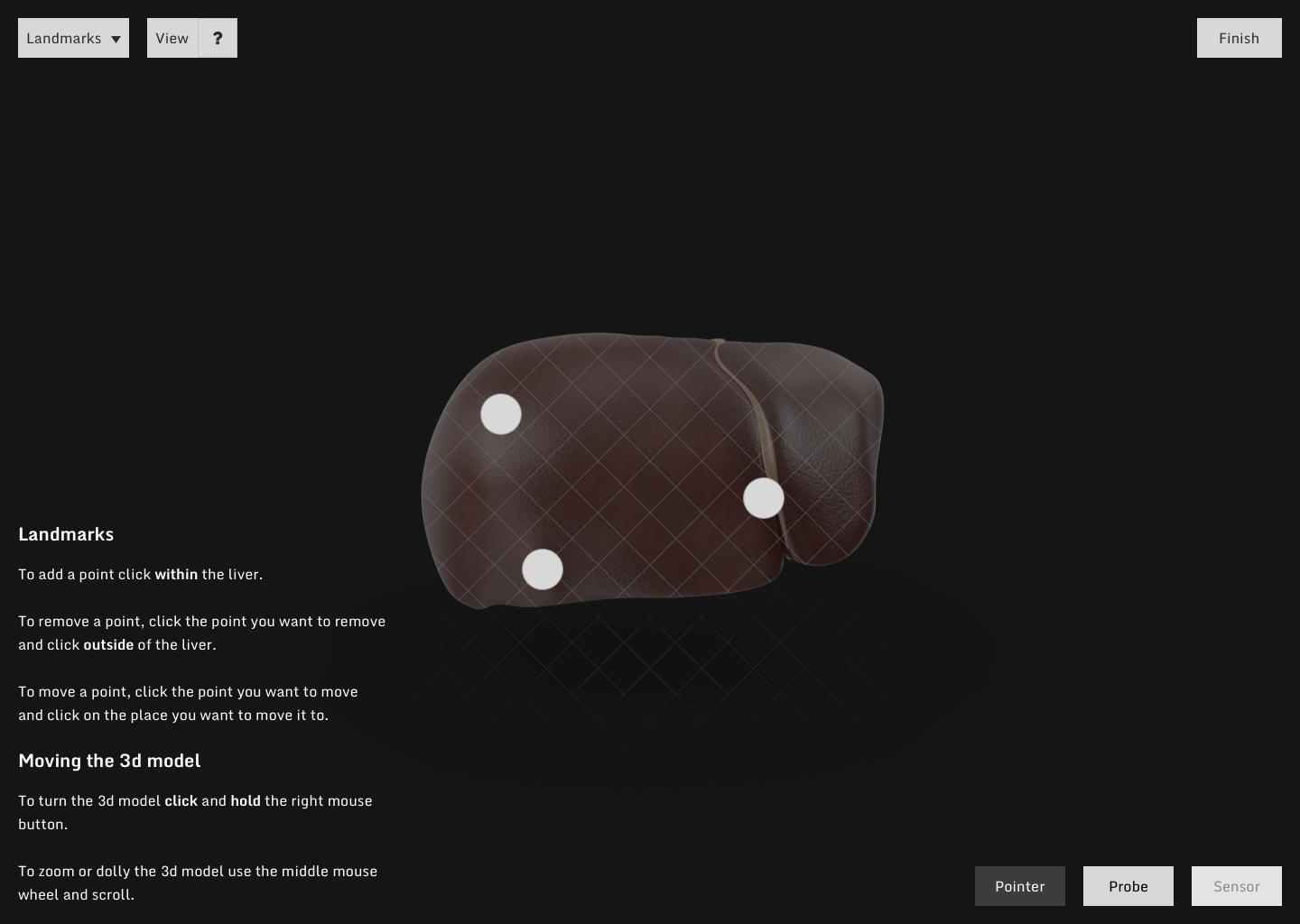
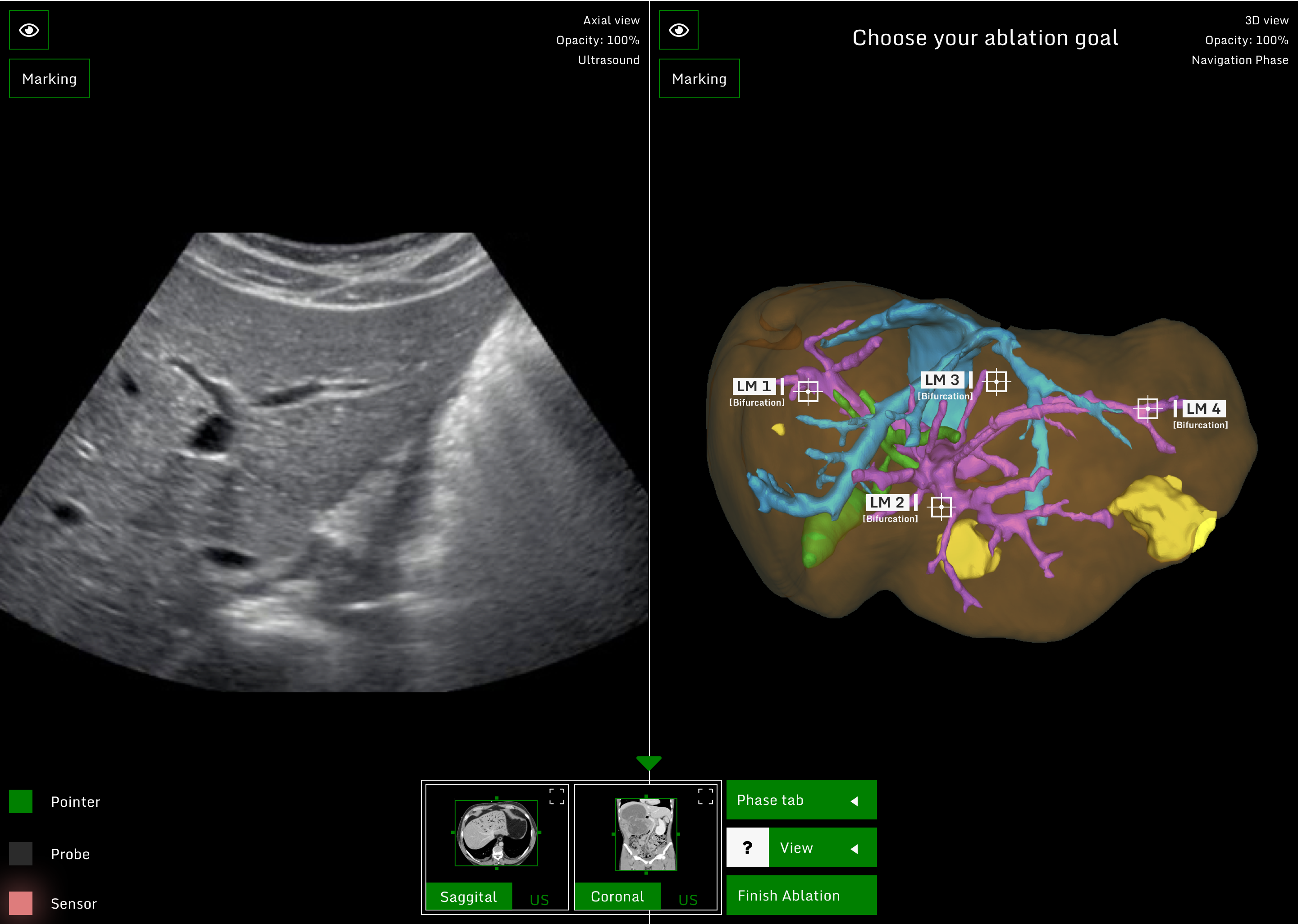
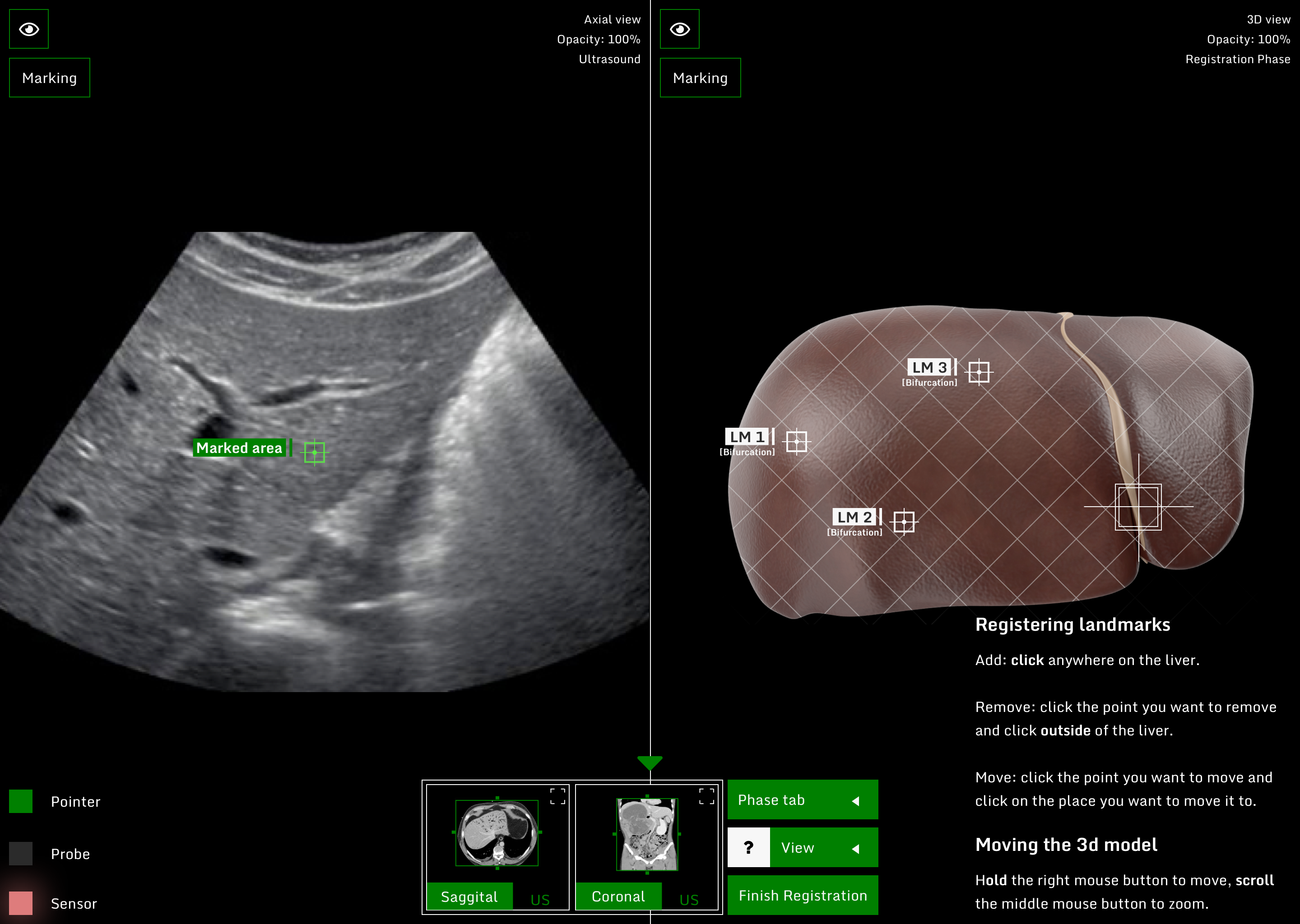
Netherlands Cancer Institute
I had to work on the interface of a surgical navigation system this is a system that surgeons use to
guide
their
surgeries.
To understand the usecase of the interfaces I delved into systems and applications that were
usually
present
during surgeries. By analysing the behaviour of the users I sketched out an interface that could
help them
with their task at hand.
Interaction designer (research, testing and visualising)









